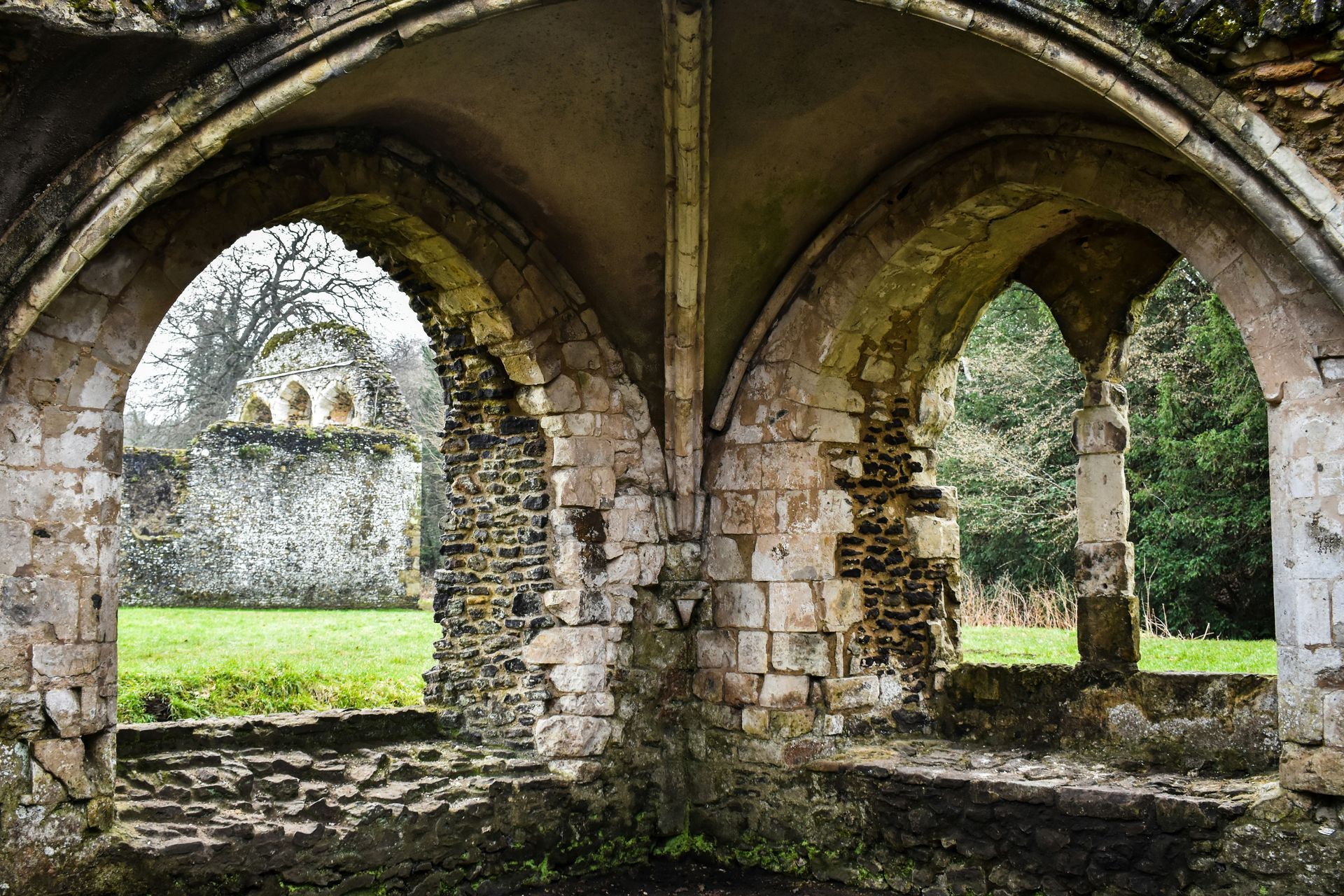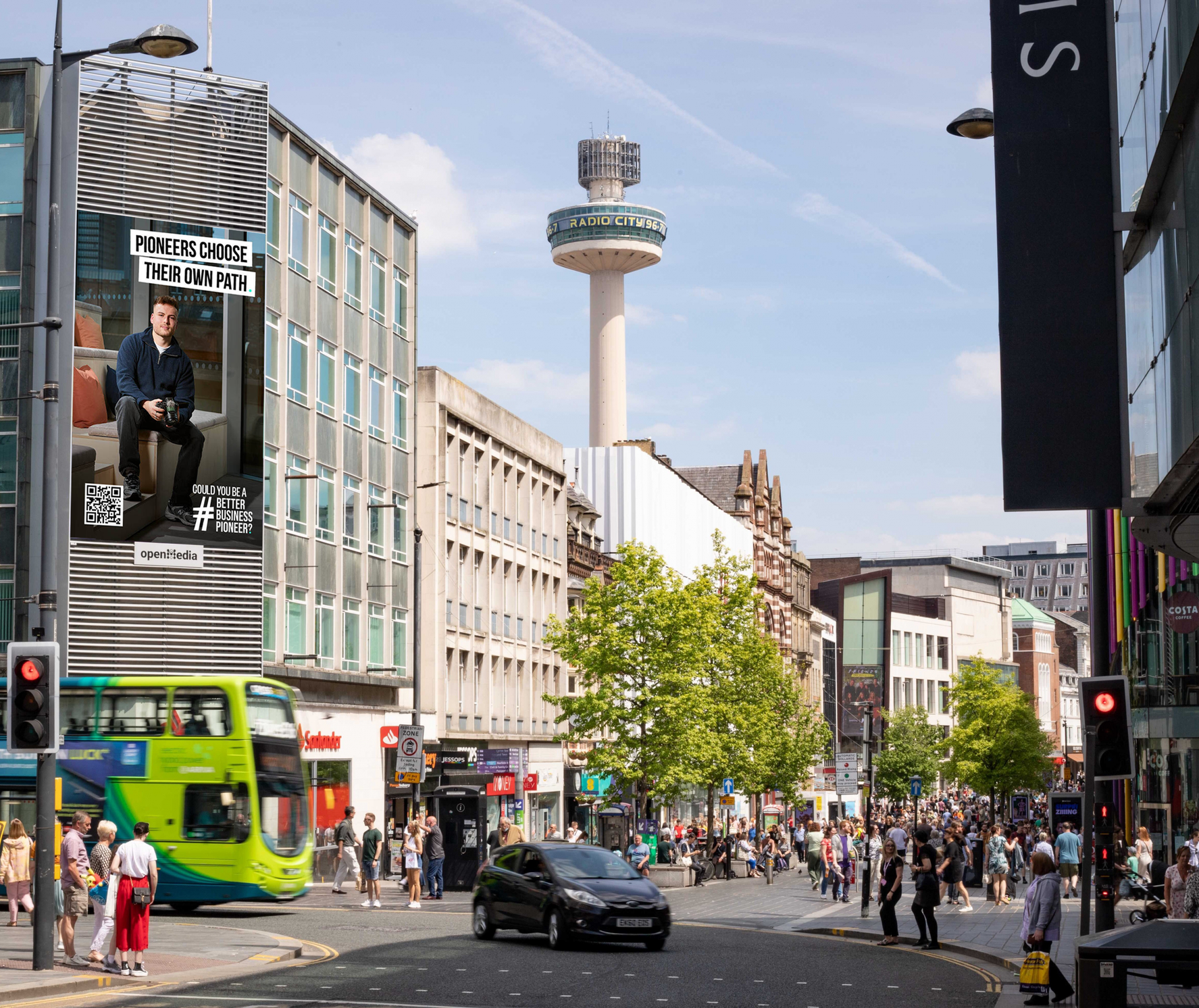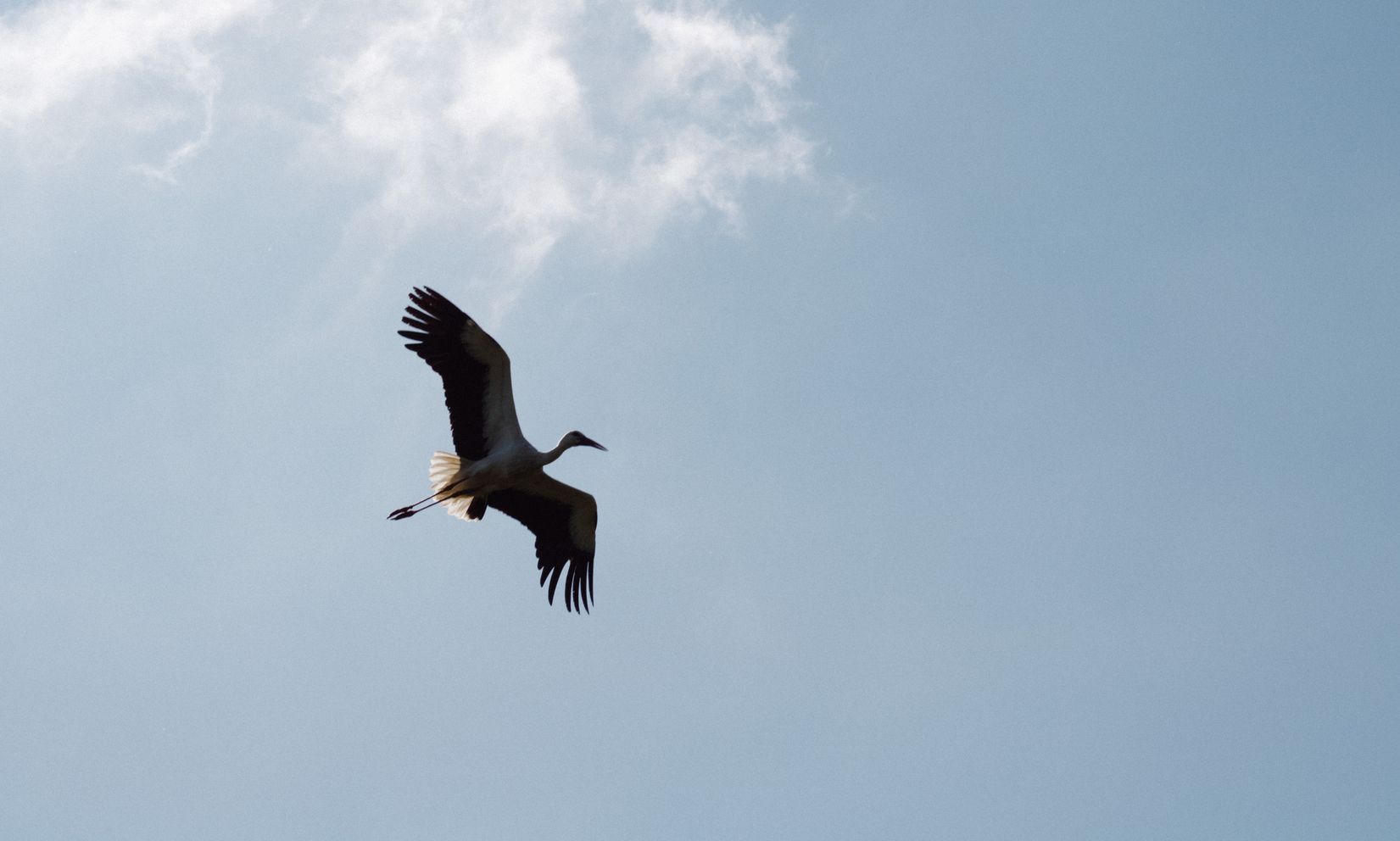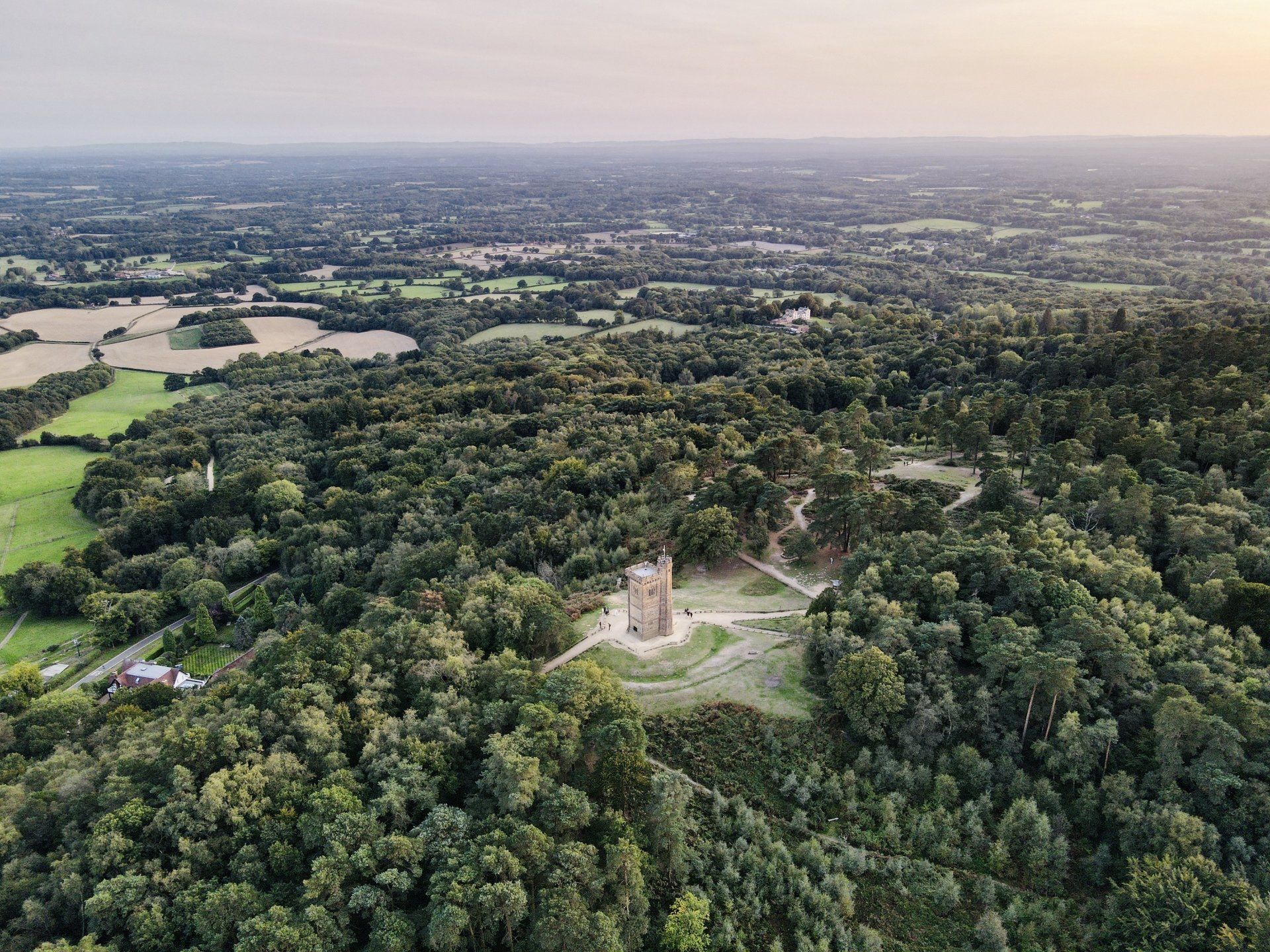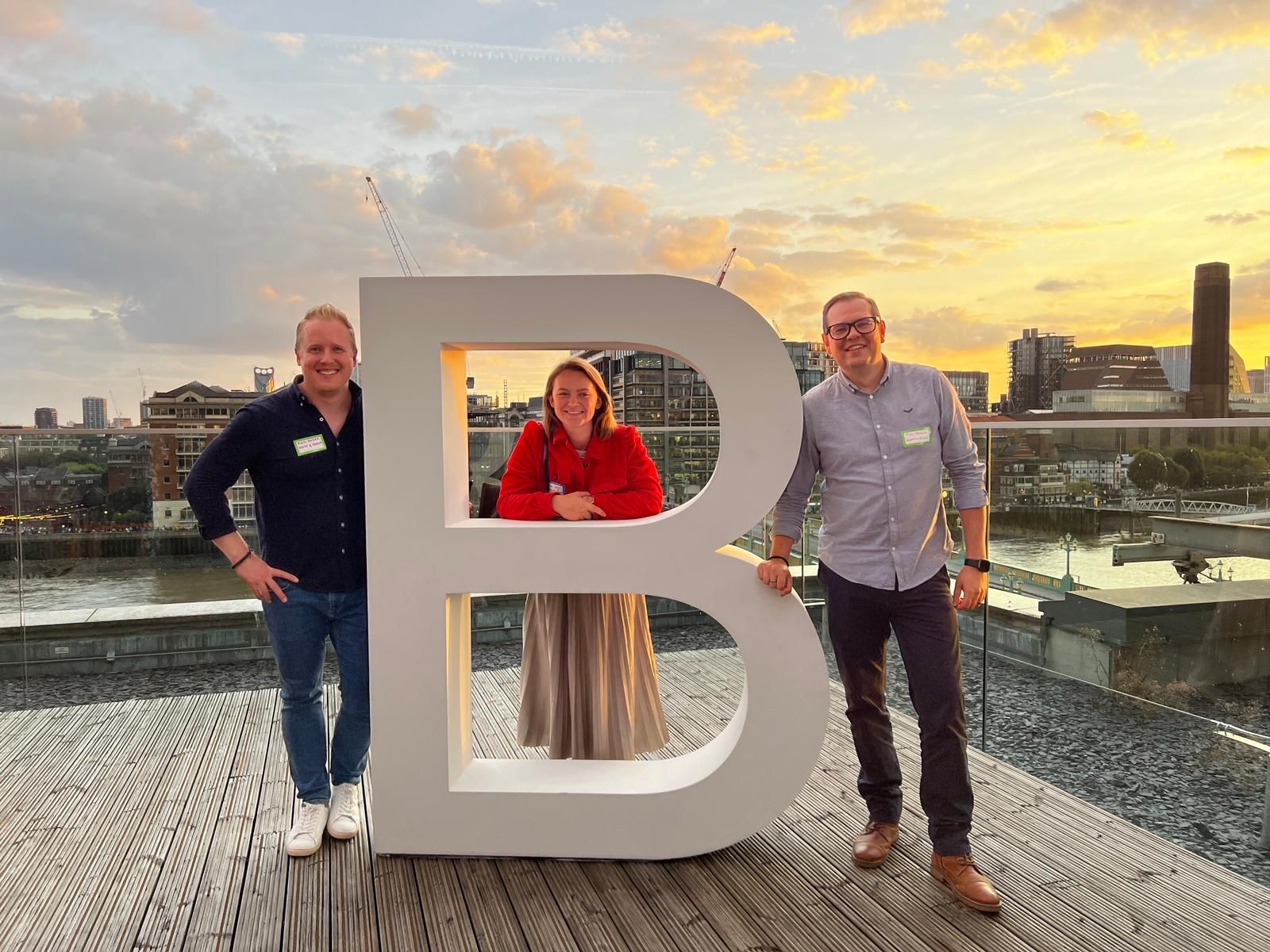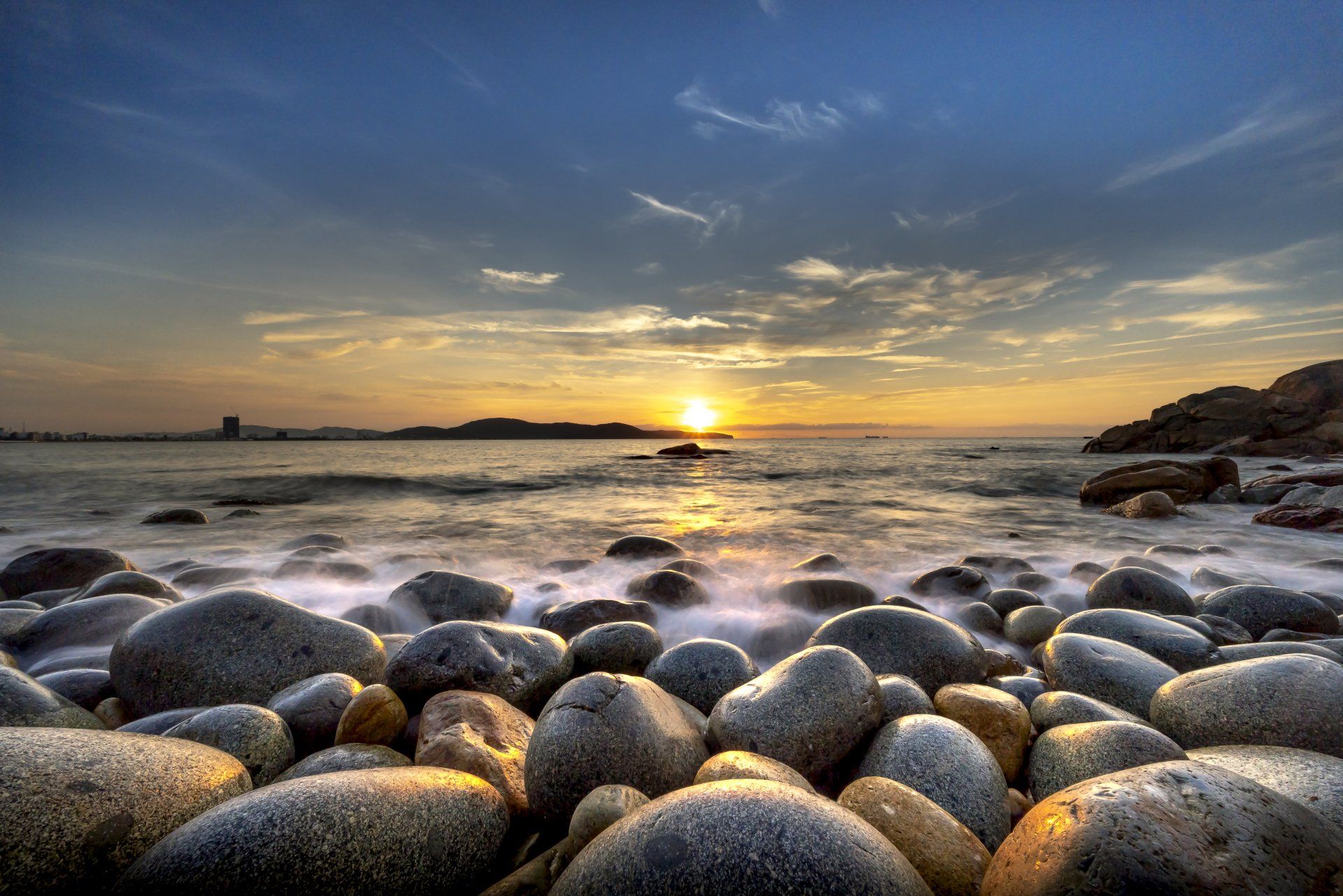Investing in our planet: Nature
When we talk about investing in our planet, one of the first things that might come to mind is the act of restoring and protecting our environment.
If you’ve been keeping up with BBC One’s Wild Isles hosted by Sir David Attenborough, you’ll already be aware of the UK’s natural beauty as well as the great risks it’s currently facing. So, what can we do to help? How do we overcome these ongoing challenges?
Here are just some of the different actions we can take:
Rewilding our Wild Isles
Rewilding is a progressive approach to conservation where we can restore ecosystems to the point where nature can thrive without any extra intervention or help. Even though in most cases, humans created the problems that rewilding looks to reverse, human help is sometimes needed to create the right conditions for nature to flourish again.
The actual practice of rewilding involves reinstating natural processes and reintroducing missing species that have been displaced due to human actions. It may be ironic that the areas in most need of rewilding are often the result of human interference, but by restoring these areas, we increase the chances of vulnerable species surviving in self-sustaining systems.
In the UK,
Rewilding Britain and
Highlands Rewilding are just a couple of the many projects and groups in
The Rewilding Network helping people to reconnect with the natural world and reverse the ongoing loss of biodiversity in the UK.
At face value, rewilding might seem like a grand task if you want to get involved, but in Rewilding Britain’s own words, ‘Rewilding is a journey with no fixed endpoint’. Whether you’re a landowner wanting to make a large-scale transformation to benefit the planet or an individual looking for ways to add some biodiversity to your garden, you can
start rewilding today and do your bit to help nature recover.
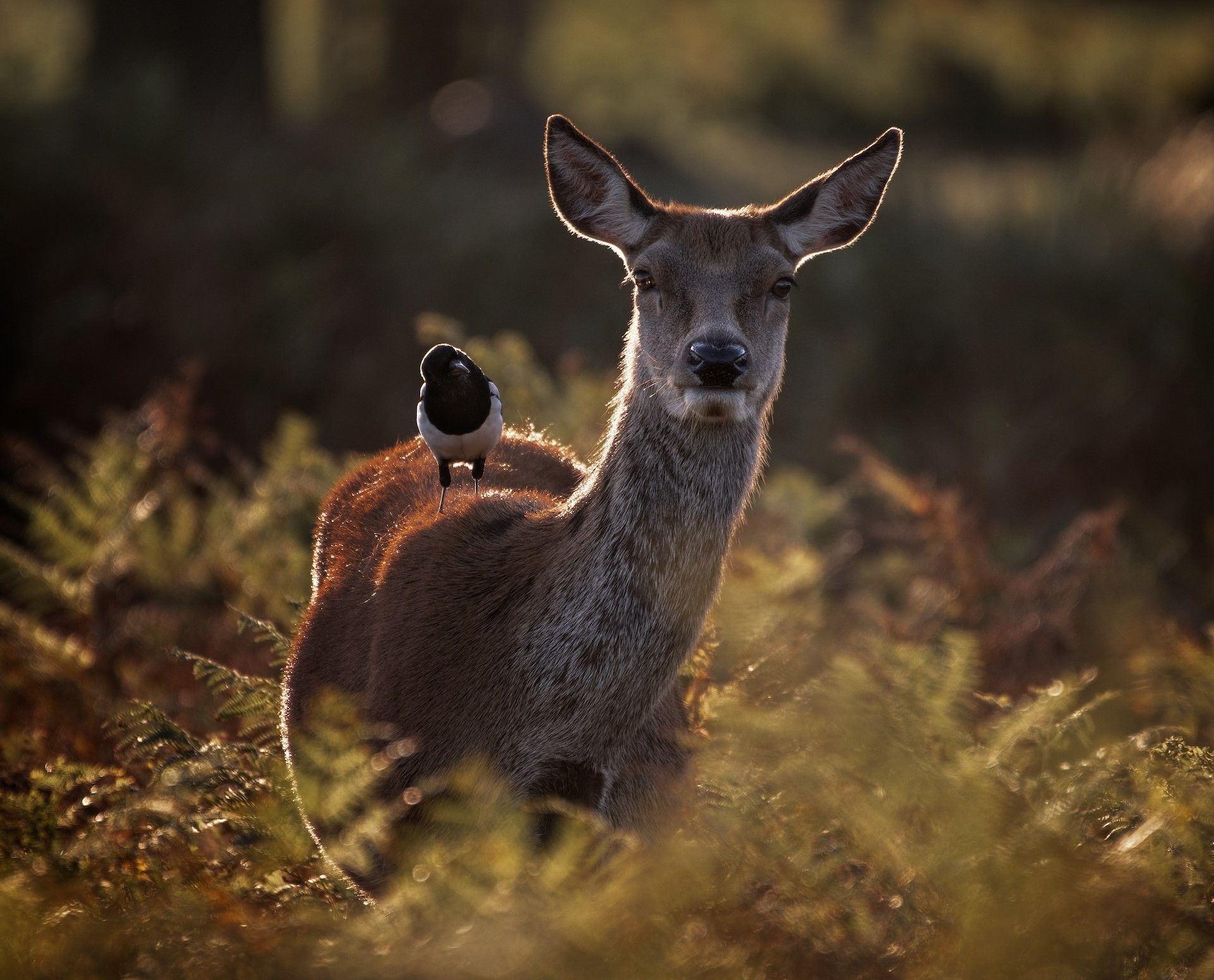
Sowing seeds for change
The world has lost about 20% of its forest coverage since the beginning of the 20th century and about half of the world’s tropical forests are already gone.
Putting an investment into our forests isn’t just about rewilding lost habitat and restoring biodiversity. Reforestation through the planting of trees is also one of the cheapest and simplest methods of sequestering CO2 from our atmosphere to combat ongoing climate change.
EARTHDAY.ORG’s own
Canopy Project has been reforesting since 2010, planting tens of millions of trees across the globe. While working closely with on the ground community groups, the Canopy Project’s efforts are directed mostly at reforesting areas of the world most affected by climate change by growing sapling nurseries for up to a year and providing general maintenance for the first few years of the tree’s life.
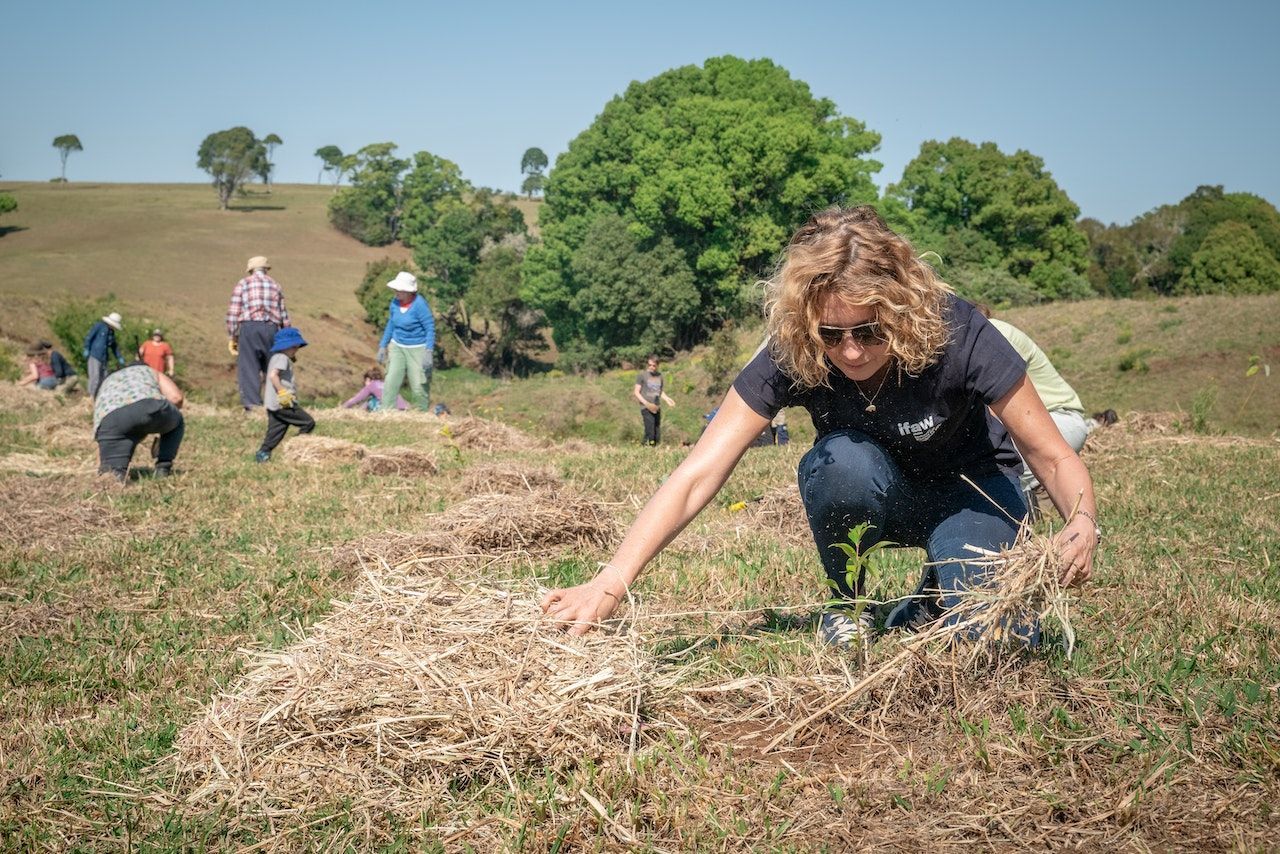
Planting a tree is as easy as 1-2-3. You can either get out there and do it yourself or through companies like Ecologi and the Future Forest Company, which allow individuals and businesses to make investments to fund reforestation efforts and climate projects. We’ve seen some amazing reforestation efforts of our own through our Ecologi subscription, with over 12,000 trees planted so far!
Investment on our Doorstep
In case you don’t already know where we’re based, Avery & Brown come from Surrey, one of the most densely wooded counties in the UK (it might even be the most densely wooded in England). Being so densely wooded means the county provides a botanically rich habitat for a vast array of species from bats to woodland butterflies to even Atlantic bryophytes (a bunch of mosses, liverworts, and hornworts that do us a whole lot of good).
Despite Surrey having around 55% of England’s vascular plant flora, many of the rarer wild plants are in an extremely fragile state. For example, lowland heath, a home to smooth snakes and nightjars is now one of the rarest habitats in the UK, which is pretty bleak considering it would have covered the majority of western Surrey only 200 years ago.
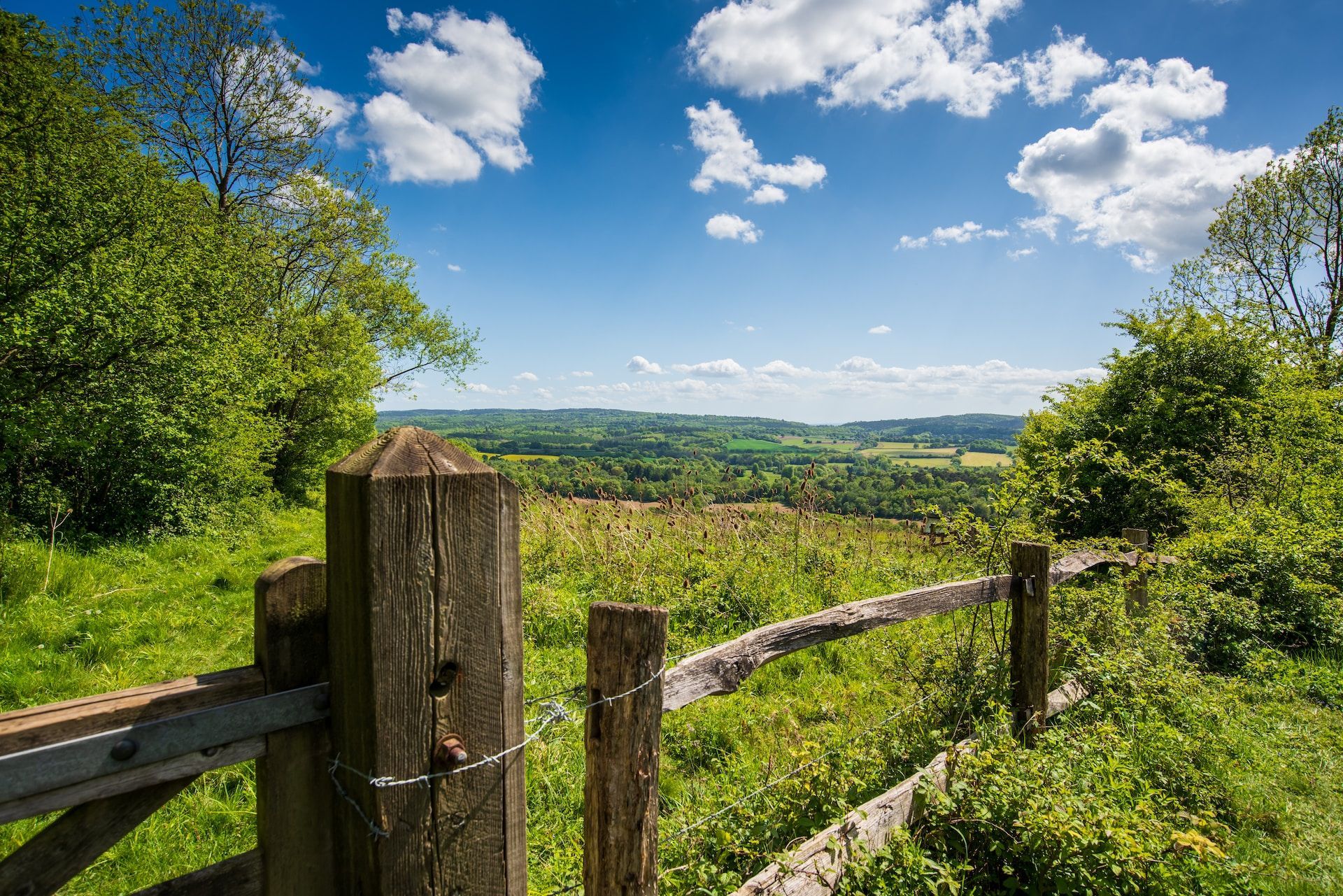
Our habitats like the lowland heath of Thames Basin or parts of the North Downs that trail from Farnham all the way to the white cliffs of Dover have already been labelled by Surrey Wildlife Trust (SWT) as ‘biodiversity opportunity areas’ (BOAs), with SWT paying particular attention to these areas over the last 5 years. Despite the amazing efforts displayed by SWT, most BOAs will concentrate on areas that end at the outskirts of urban environments.
That’s not to say that action for biodiversity within urban environments receives little attention, Farnham’s Town Council outlined the desire to protect and boost biodiversity throughout the town in the next 22 years within the Neighbourhood Plan and its biodiversity policies. However, not a great deal of detail was given on the methods needed to achieve it.
Farnham Biodiversity Partnership was established in 2019 to put Farnham’s biodiversity action plan into practice and to show what conservation best practice looks like in an urban environment. It might seem like a big job, but their efforts are benefiting the local wildlife through different methods like wildlife study, data collection, and garden survey. It’s action like this that shows how vital community involvement is to conservation. Why not check out local communities like Farnham Biodiversity Partnership in your area?
Pollination Stations
The UK is home to many precious pollinators such as bees, moths, butterflies, and even beetles, though it’s sad to say that many species are in severe decline, with three species of bumblebee having already gone extinct in the last few decades.
It’s not a huge shocker that the main factor contributing to this decline is general loss of habitat. Wildflower meadows are one of the biggest safe havens of pollinators, with bird's-foot trefoil, cornflower, viper's bugloss, and many more pollen-rich flowers providing food and shelter to the little critters that pollinate our crops. 97% of our wildflower meadows have been lost since the 1930s, with most being destroyed due to changes in agriculture methods and an increase in land developments. Despite the shocking statistics, investing in our pollinators is something we can all do in different ways.
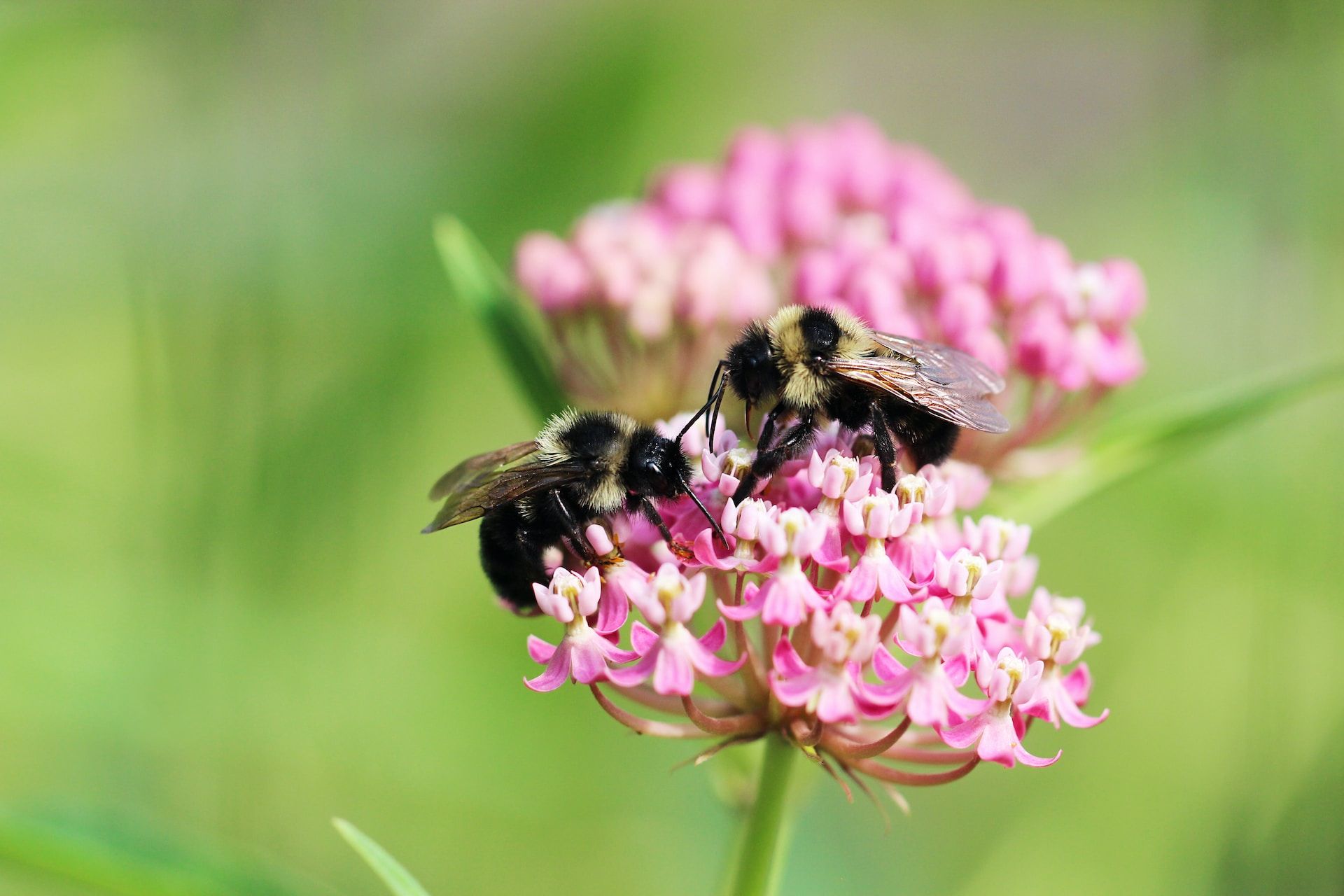
Plant those flowers - You can get wildflower seeds from almost anywhere and get planting in your own garden or even in neglected public areas like empty lots or roadside patches. Bee bombs are particularly good for doing drive-by style wildflower deployment. If a wildflower garden isn’t your thing, Wildlife Watch has some great resources on other pollinator friendly flowers you can plant at different times of the year.
Hotel for bees - Flower bees, mining bees… Sweat bees? Did you know that many of our bee species don’t actually live in hives? About 250 of our 270 bee species are solitary and instead look for nesting places in a variety of areas from under the ground to bramble stems. You can make a little home for the nomad bees through creating a bee hotel by putting together hollow bramble, reed, or bamboo stems.
Join a campaign - There are some great campaigns out there looking to keep our pollinators happy. An example is
Grow Wild from Kew Gardens, which has been getting communities to come together and reintroduce native wildflowers back into neglected local areas.
Make Your Voice Heard
Stuck inside on a rainy day? The good news is, you can still invest in our planet from the comfort of your armchair. Most campaigns and petitions to safeguard our environment take no time at all to sign, and adding your name can make all the difference.
One of the biggest ongoing campaigns in the UK is
Zero Hour, the campaign for the proposed and much needed Climate and Ecology Bill, the plan for a new UK law that actually addresses the climate and nature crisis without any smoke and mirrors. On top of the CE Bill making sure the UK does everything possible to cut carbon emissions to keep the global temperature below 1.5C, it also commits to reverse the destruction of our biodiversity by 2030.
You can join the many thousands who support it by
backing the CE Bill today (it’ll only take you a couple of minutes!).
Share the love
